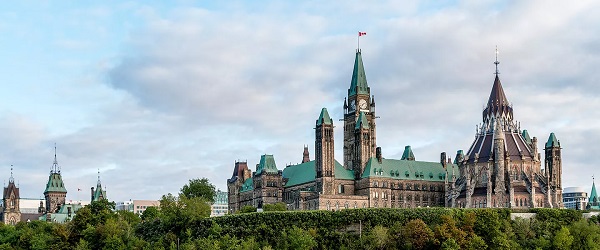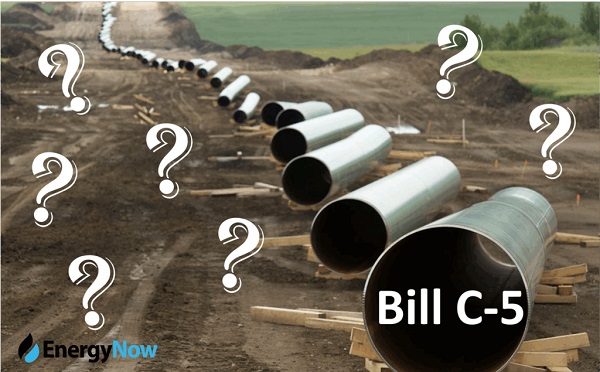Energy
When Vancouver reverses ban on natural gas appliances, it’s time to talk about energy choices

From EnergyNow.ca
By Stewart Muir of Resource Works
More News and Views From Resource Works Here
The Practicality of Energy Choice in Vancouver
Vancouver’s decision to reverse the ban on natural gas appliances in new homes should serve as the beginning of a necessary conversation about energy system choices
In a city like Vancouver, where the mountains meet the sea and the urban skyline reflects both our history and our aspirations, policy decisions are often a reflection of our values. Yet, sometimes, even the best intentions can lead us down a perilous path. The recent decision by the City of Vancouver to restore freedom of choice for heating water and space in our homes, reversing an earlier ban on natural gas, is a move I support.
Housing affordability was a major deciding factor, but to me this turn of events – one the nation is watching – also marks a step away from a simplistic and potentially regressive approach to climate action, one that could have stymied our efforts to decarbonize in a meaningful way.
Let me be clear: climate change is real, and the need to reduce emissions is urgent. However, the original gas ban, while well-intentioned, was not the answer. Banning natural gas from our homes might have seemed like a bold move, but it ignored the nuances of our energy system and the challenges we face in transitioning to a low-carbon future.
The gas ban was a decision that felt good for those deeply concerned about climate action; a personal stand against fossil fuels. But feelings alone do not build resilient energy systems, nor do they account for the complex interplay of technologies and fuels that will be necessary to achieve our climate goals. Natural gas, particularly when blended with renewable gases like hydrogen, can and should play a role in our energy future. The idea of banning it outright was akin to throwing the baby out with the bathwater.
Consider this: hydrogen, a zero-emissions fuel, is already the focus of enormous national and international investment. Canada is positioning itself as a leader in hydrogen production and technology, recognizing its potential to decarbonize sectors that are otherwise difficult to electrify. Banning natural gas infrastructure would have made it difficult, if not impossible, to integrate hydrogen into our energy mix when the technology matures.
Similarly, renewable natural gas, produced from organic waste, relies on the very distribution networks that a gas ban would have dismantled. The infrastructure for delivering gas to our homes is not a relic of the past but a vital component of our future energy system, one that could deliver clean, low-carbon fuels to millions of Canadians.
Let’s not forget the practical realities of energy demand. Suppose gas was revoked as an option for homes in Canada; the energy required to replace it would necessitate the entirety of our current solar and wind capacity several times over. This is not hyperbole—it’s a fact. And it doesn’t even account for the intermittency of these renewable sources, which means they cannot be relied upon to meet demand at all times.
In British Columbia, we’re already seeing the strain on our electricity system. We’ve become net importers of electricity, a situation that underscores the limits of our current infrastructure. As demand continues to rise—for electric vehicles, air conditioning, and the energy-hungry applications of artificial intelligence—our grid is buckling under the pressure. Tens of billions of dollars in upgrades are required, and these projects will take years to complete. Meanwhile, our neighboring provinces and states are facing similar challenges, leading to a regional energy crunch.
This diagram of Canada’s energy system provides, under close examination, a sober realization of how things work:

There is a lot to take in here, showing as it does the sources of all the energy in Canadian life (on the left) and how they flow into particular uses (right).
In grey shading on the right, the box labelled “Rejected Energy” represents energy that goes to waste. It is a staggering five times the amount of all types of energy used in our homes. I can understand that this area of high potential is hard to create excitement about. Nonetheless, it is a real source of ongoing progress, represented by ever more efficient ways of using fuels and upgrading equipment, and we aren’t talking about it.
Energy experts understand that banning a single type of energy without considering the broader system is not just imprudent; it’s dangerous. It could lead to shortages, higher costs, and ultimately, a failure to achieve our climate goals. Yet, I also recognize the appeal of actions that seem to offer immediate, tangible results. There’s a strong emotional pull in taking control of what happens in our own homes, in feeling like we’re doing our part.
This is why I’m calling for more energy education and diverse conversations that are constructive, respectful, and grounded in reality. We need to move beyond the tired narrative of “faceless corporations” versus the environment. The truth is, the people in both policy and industry are striving for the same outcome: a world with lower emissions and better outcomes for all.
The City of Vancouver’s decision to reverse the gas ban is a wise one, but it should be just the beginning. I urge the city to initiate a robust process of energy education, one that equips residents with the knowledge they need to make informed decisions about their energy use. And as a resident of this city, I am more than willing to take part in this vital conversation.
Our future depends on it.
Stewart Muir is the Founder and CEO of Resource Works.
Alberta
Pierre Poilievre – Per Capita, Hardisty, Alberta Is the Most Important Little Town In Canada
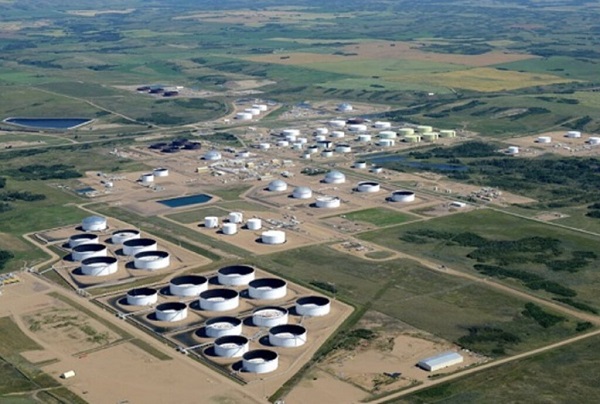
From Pierre Poilievre
Energy
If Canada Wants to be the World’s Energy Partner, We Need to Act Like It
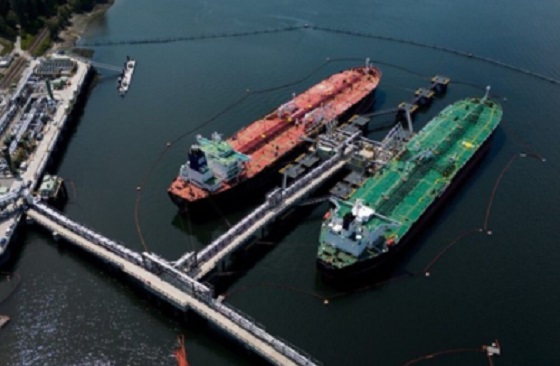
Photo by David Bloom / Postmedia file
From Energy Now
By Gary Mar
With the Trans Mountain Expansion online, we have new access to Pacific markets and Asia has responded, with China now a top buyer of Canadian crude.
The world is short on reliable energy and long on instability. Tankers edge through choke points like the Strait of Hormuz. Wars threaten pipelines and power grids. Markets flinch with every headline. As authoritarian regimes rattle sabres and weaponize supply chains, the global appetite for energy from stable, democratic, responsible producers has never been greater.
Canada checks every box: vast reserves, rigorous environmental standards, rule of law and a commitment to Indigenous partnership. We should be leading the race, but instead we’ve effectively tied our own shoelaces together.
In 2024, Canada set new records for oil production and exports. Alberta alone pumped nearly 1.5 billion barrels, a 4.5 per cent increase over 2023. With the Trans Mountain Expansion (TMX) online, we have new access to Pacific markets and Asia has responded, with China now a top buyer of Canadian crude.
The bad news is that we’re limiting where energy can leave the country. Bill C-48, the so-called tanker ban, prohibits tankers carrying over 12,500 tons of crude oil from stopping or unloading crude at ports or marine installations along B.C.’s northern coast. That includes Kitimat and Prince Rupert, two ports with strategic access to Indo-Pacific markets. Yes, we must do all we can to mitigate risks to Canada’s coastlines, but this should be balanced against a need to reduce our reliance on trade with the U.S. and increase our access to global markets.
Add to that the Impact Assessment Act (IAA) which was designed in part to shorten approval times and add certainty about how long the process would take. It has not had that effect and it’s scaring off investment. Business confidence in Canada has dropped to pandemic-era lows, due in part to unpredictable rules.
At a time when Canada is facing a modest recession and needs to attract private capital, we’ve made building trade infrastructure feel like trying to drive a snowplow through molasses.
What’s needed isn’t revolutionary, just practical. A start would be to maximize the amount of crude transported through the Trans Mountain Expansion pipeline, which ran at 77 per cent capacity in 2024. Under-utilization is attributed to a variety of factors, one of which is higher tolls being charged to producers.
Canada also needs to overhaul the IAA and create a review system that’s fast, clear and focused on accountability, not red tape. Investors need to know where the goalposts are. And, while we are making recommendations, strategic ports like Prince Rupert should be able to participate in global energy trade under the same high safety standards used elsewhere in Canada.
Canada needs a national approach to energy exporting. A 10-year projects and partnerships plan would give governments, Indigenous nations and industry a common direction. This could be coupled with the development of a category of “strategic export infrastructure” to prioritize trade-enabling projects and move them through approvals faster.
Of course, none of this can take place without bringing Indigenous partners into the planning process. A dedicated federal mechanism should be put in place to streamline and strengthen Indigenous consultation for major trade infrastructure, ensuring the process is both faster and fairer and that Indigenous equity options are built in from the start.
None of this is about blocking the energy transition. It’s about bridging it. Until we invent, build and scale the clean technologies of tomorrow, responsibly produced oil and gas will remain part of the mix. The only question is who will supply it.
Canada is the most stable of the world’s top oil producers, but we are a puzzle to the rest of the world, which doesn’t understand why we can’t get more of our oil and natural gas to market. In recent years, Norway and the U.S. have increased crude oil production. Notably, the U.S. also increased its natural gas exports through the construction of new LNG export terminals, which have helped supply European allies seeking to reduce their reliance on Russian natural gas.
Canada could be the bridge between demand and security, but if we want to be the world’s go-to energy partner, we need to act like it. That means building faster, regulating smarter and treating trade infrastructure like the strategic asset it is.
The world is watching. The opportunity is now. Let’s not waste it.
Gary Mar is president and CEO of the Canada West Foundation
-

 Business2 days ago
Business2 days agoOttawa Funded the China Ferry Deal—Then Pretended to Oppose It
-

 COVID-192 days ago
COVID-192 days agoNew Peer-Reviewed Study Affirms COVID Vaccines Reduce Fertility
-

 MAiD2 days ago
MAiD2 days agoCanada’s euthanasia regime is not health care, but a death machine for the unwanted
-

 Business1 day ago
Business1 day agoWorld Economic Forum Aims to Repair Relations with Schwab
-
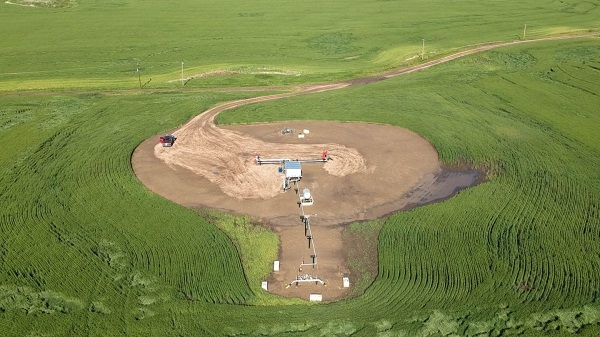
 Alberta2 days ago
Alberta2 days agoThe permanent CO2 storage site at the end of the Alberta Carbon Trunk Line is just getting started
-
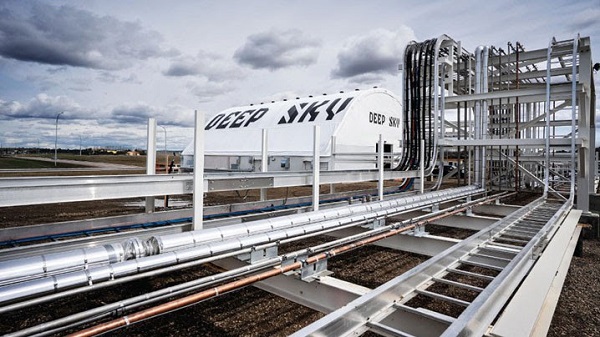
 Alberta2 days ago
Alberta2 days agoAlberta’s government is investing $5 million to help launch the world’s first direct air capture centre at Innisfail
-
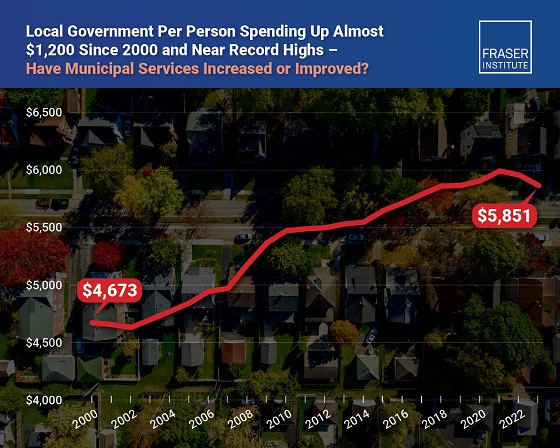
 Business2 days ago
Business2 days agoMunicipal government per-person spending in Canada hit near record levels
-

 Business1 day ago
Business1 day agoA new federal bureaucracy will not deliver the affordable housing Canadians need





